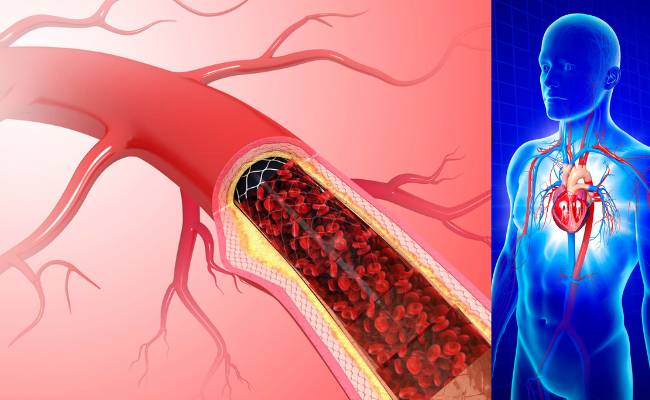How to Treat Septic Shock?
- February 12, 2024
- No Comments

What is Septic Shock?
Septic shock is a critical medical condition stemming from a severe infection, inducing extremely low blood pressure and organ failure, culminating from sepsis. This perilous state represents the pinnacle of sepsis, necessitating immediate medical intervention. Essentially, septic shock manifests as a result of the body's vigorous response to an infection, inciting widespread inflammation that precipitates a dramatic drop in blood pressure. Consequently, vital organs such as the heart, kidneys, and brain become deprived of sufficient blood flow, paving the way for organ failure and potentially fatal outcomes if not promptly addressed.
Why is Septic Shock Dangerous?
Septic shock is a medical emergency that requires immediate intervention. Without prompt treatment, it can rapidly progress and become fatal. The body's inflammatory response can lead to widespread tissue damage and organ failure, resulting in long-term complications or even death. Septic shock has a high mortality rate, making it crucial to recognize its symptoms and seek medical attention promptly.
How Does Septic Shock Develop?
Septic shock typically develops in response to a severe bacterial, viral, or fungal infection. The initial infection can originate from various sources, such as pneumonia, urinary tract infections, abdominal infections, or skin infections. When the body detects the presence of pathogens, it initiates an immune response to fight off the infection. In some cases, this immune response becomes dysregulated, leading to an exaggerated inflammatory reaction throughout the body. As the immune system releases inflammatory molecules called cytokines, blood vessels become dilated, and blood pressure drops. This impairs blood flow to vital organs, depriving them of oxygen and nutrients. Without adequate blood supply, organs begin to malfunction, leading to organ failure and shock.
Treatment Solutions for Septic Shock
- Antibiotics: Prompt administration of broad-spectrum antibiotics is crucial to treat the underlying infection causing septic shock. Doctors may prescribe antibiotics even before the specific pathogen is identified to prevent further progression of the infection.
- Fluid Resuscitation: Patients with septic shock often experience low blood pressure due to widespread vasodilation. Fluid resuscitation involves intravenous administration of fluids, such as saline or lactated Ringer's solution, to restore blood volume and improve blood pressure. This helps maintain organ perfusion and prevents further organ damage.
- Vasopressor Therapy: In cases where fluid resuscitation alone is insufficient to maintain blood pressure, vasopressor medications may be necessary. Vasopressors, such as norepinephrine or dopamine, constrict blood vessels to raise blood pressure and improve organ perfusion. These medications are typically administered through a continuous intravenous infusion under close monitoring in an intensive care setting.
- Source Control: Identifying and addressing the source of infection is essential in managing septic shock. This may involve draining abscesses, removing infected tissue, or performing surgical procedures to remove the source of the infection, such as infected organs or foreign bodies.
- Supportive Care: Patients with septic shock require intensive monitoring and supportive care in an intensive care unit (ICU). This may include mechanical ventilation to support respiratory function, renal replacement therapy for kidney failure, and other supportive measures to maintain organ function.
Benefits of Prompt Treatment
- Improved Survival Rates: Prompt recognition and treatment of septic shock significantly improve patient outcomes and reduce mortality rates. Early initiation of antibiotics and aggressive resuscitation measures can help prevent further organ damage and increase the chances of survival.
- Prevention of Organ Dysfunction: Timely intervention helps maintain adequate blood flow to vital organs, preventing organ dysfunction and failure. By restoring organ perfusion, prompt treatment reduces the risk of long-term complications and improves overall prognosis.
- Reduced Length of Hospital Stay: Early intervention and effective management of septic shock can shorten the duration of hospitalization and reduce healthcare costs. By preventing the progression of the disease and complications, patients may recover more quickly and require less intensive medical care.
- Improved Quality of Life: Survivors of septic shock who receive prompt and appropriate treatment are more likely to regain their pre-illness level of functioning and quality of life. Timely intervention reduces the risk of long-term disability and chronic health problems associated with organ dysfunction.
- Prevention of Septic Shock Recurrence: Addressing the underlying infection and implementing appropriate treatment strategies reduce the risk of recurrent episodes of septic shock. By effectively treating the infection and promoting healing, patients are less likely to experience future episodes of sepsis and its complications.
Comments (0)